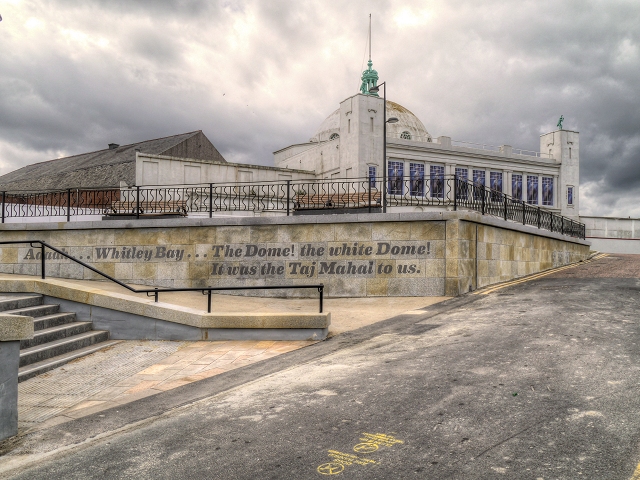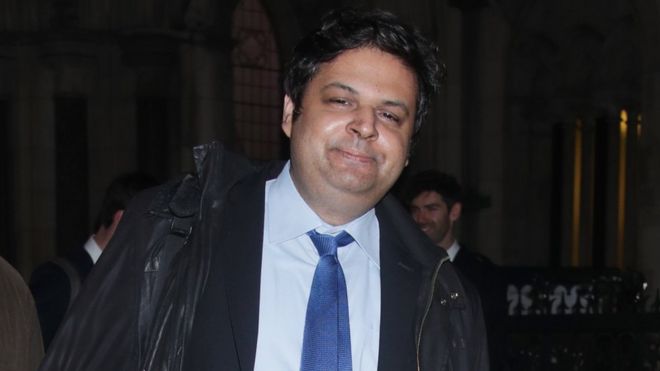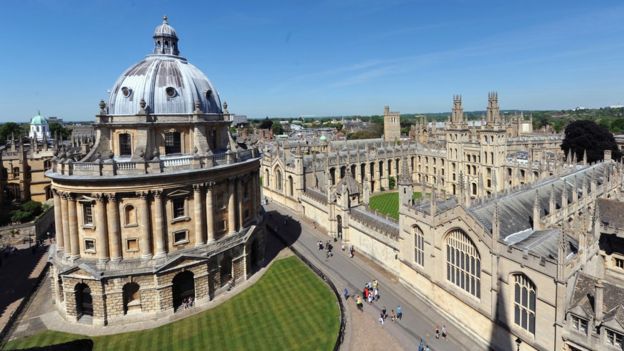Five years on, his resignation is still shocking
On the morning of February 11, 2013, cardinals gathered in the Vatican’s Apostolic Palace were shifting in their seats, waiting for Pope Benedict XVI to conclude the relatively mundane business of announcing three canonisations.
Then Benedict said he had something big to announce:
Quapropter bene conscius ponderis huius actus plena libertate declaro me ministerio Episcopi Romae, Successoris Sancti Petri, mihi per manus Cardinalium die 19 aprilis MMV commissum renuntiare ita ut a die 28 februarii MMXIII, hora 20, sedes Romae, sedes Sancti Petri vacet et Conclave ad eligendum novum Summum Pontificem ab his quibus competit convocandum esse.
The jaws of those cardinals with a good command of Latin dropped open. Others half-understood what he’d said but thought they must have misheard. After some embarrassed whispering, the incredible news sank in.
The Pope had just resigned – yes, resigned – and called a conclave to elect his successor. Why? The world had to wait a few minutes until translations of his whole speech were rushed out:
After having repeatedly examined my conscience before God, I have come to the certainty that my strengths, due to an advanced age, are no longer suited to an adequate exercise of the Petrine ministry … in order to govern the barque of St Peter and proclaim the Gospel, both strength of mind and body are necessary, strength which in the last few months, has deteriorated in me to the extent that I have had to recognise my incapacity to adequately fulfil the ministry entrusted to me.
At 8pm on February 28 the See of Peter would be vacant. Benedict XVI would no longer be pope but would instead “serve the Holy Church of God through a life dedicated to prayer”. He would live in the Mater Ecclesiae monastery inside the Vatican, previously occupied by cloistered nuns. The expectation was that the ex-pope would maintain an almost Trappist silence during a short retirement.
Five years on, he is still there, fragile but no more so than the average 90-year-old man. He is still called Benedict XVI, still dresses in papal white and is still addressed as “Your Holiness”.
That is apparently the style appropriate to a “Pope Emeritus” – but, since the title was invented by Benedict for himself, it must reflect his own conception of the status of a retired Vicar of Christ. No pope had stepped down for 600 years, and then under very different circumstances. So there was no precedent and – given the secrecy surrounding the decision – no opportunity to consult canon lawyers. A solution to the problem had to be improvised.
And what an odd solution it was. Although ordinary Catholics do not seem bothered by having a pope emeritus, senior clergy dislike the innovation. “What’s all that nonsense of dressing in white?” says one conservative cardinal. “He should have been Cardinal Ratzinger again.” (An interesting historical footnote: Pius XII planned to resign if the Germans arrested him, explaining that “they will find not the pope, but Cardinal Pacelli”.)
By dressing in white, Benedict tells us that the Petrine office left an indelible mark on him. He does not claim to possess any of its authority. A bishop emeritus is still a bishop; he cannot un-ordain himself. But there is no sacrament of the papacy, and therefore a pope emeritus is not a pope. Benedict (who may regret causing the confusion) has underlined this by suggesting that he prefers to be called “Father Benedict”.
In contrast, we have no simple answer to the question of why he resigned. That is because there isn’t one. Joseph Ratzinger is one of nature’s agonisers. He may have stepped down because he thinks God told him to, and because his arm was being twisted, and because he was demoralised by Vatileaks, and because he feared a repetition of the chaos surrounding the incapacitated John Paul II. Why not leave it there?
If we are in the mood to speculate, other questions come to mind. What does Benedict XVI make of Pope Francis? And has the presence of an ex-pope in the Vatican constrained the latter’s ministry?
Benedict has not kept total silence in retirement. For example, in 2015 he spoke at Castel Gandolfo on the subject of music. His address was exquisitely constructed, identifying the three-fold sources of music as “the new grandeur and breadth of reality” revealed by the experience of love; death and “the abysses of existence”, which show us that humans need to move beyond discourse; and the encounter with the divine, reawakening “the hidden music of creation”.
This was one of Benedict’s finest inspirations, Mozart to the muzak of Francis’s encyclicals. Reflecting his “hermeneutic of continuity”, it could be read as implicit criticism of his successor’s reversion to the old understanding of Vatican II. Likewise, when the Pope Emeritus claimed that the Tridentine Mass “now lives in full peace in the Church, even among the young”, he was arguably defending Summorum Pontificum against Francis’s allies.
At the same time, however, Benedict has talked about aspects of Francis’s pontificate – the Year of Mercy, for instance – with enthusiasm. This may be more diplomatic than spontaneous; it is hard to say.
Only in December 2017 did the Pope Emeritus unquestionably stick his neck out. He wrote an introduction to a book of essays honouring Cardinal Gerhard Müller, appointed by Benedict as prefect of the Congregation of the Faith and removed by Francis when his five-year term ran out. The Pope gave the cardinal no notice of his decision and no reason for it. Benedict did not criticise his successor, but praised Müller for defending “the clear traditions of the faith”.
He must have known that, since Müller has grave doubts about Francis’s Amoris Laetitia, this would look as if he did, too. But, to be realistic, who could think otherwise? No one imagines that Benedict favours relaxing the rules governing Communion for the divorced and remarried. Francis himself appears to be in two minds on the question.
What really stands out from Benedict’s introduction is his moral support for Müller. He reminds him that, as a cardinal, he will never truly retire and must maintain his faithful witness.
He wrote these words soon after Müller gave an angry interview revealing the brutality of his dismissal and commenting that “one [i.e. Pope Francis] cannot treat people this way”. Benedict is signalling that he agrees. As an ex-pope who voluntarily stepped down, he is obliged to keep silent when his successor changes theological direction (unless he strays into heresy). He is under no such obligation when that successor savages his friend, “kicking him like a dog,” as one Vatican observer puts it.
This raises the question: would Francis’s radical instincts be more explicit, his behaviour even more unbuttoned, if he did not have a living predecessor as a neighbour? One suspects that Francis spends very little time thinking about Benedict. Even so, the old man’s admirers fear that, when he dies, the Pope will feel free to reimpose restrictions on celebrating the Tridentine Mass.
It’s certainly a possibility, though Francis is unlikely to relish the liturgical civil war that would certainly follow a full-scale repeal of Summorum Pontificum. He is more likely to make life difficult for traditionalist priests – and to erase all traces of a hermeneutic of continuity that he regards as an ingenious nostalgic fantasy. In other words, he will bury Benedict’s big idea with him.
……..
If that happens, Pope Francis will become even more unpopular with conservatives than he already is. But there is a twist in this tale.
Many orthodox Catholics and lovers of the preconciliar liturgy have never quite forgiven Benedict XVI for resigning. Cardinal Raymond Burke, no less, said last December that “there is a certain feeling among many Catholics that their father abandoned them. I hope it does not become a common practice.”
One doubts that the cardinal would be too distressed if the current Holy Father were to resign. But he is unhappy with the principle established by Benedict: that the Petrine office can be resigned like any other, even when the Pope’s faculties are intact.
And this raises the most uncomfortable question of all. For eight years, Benedict XVI sought to revitalise sacred tradition. But, by resigning, did he also secularise the office of the Supreme Pontiff? If so, future Catholic historians may ask who was the true moderniser: Francis or Benedict?
Damian Thompson is editor-in-chief of the Catholic Herald and associate editor of The Spectator
This article first appeared in the February 2 2018 issue of the Catholic Herald. To read the magazine in full, from anywhere in the world, go here









